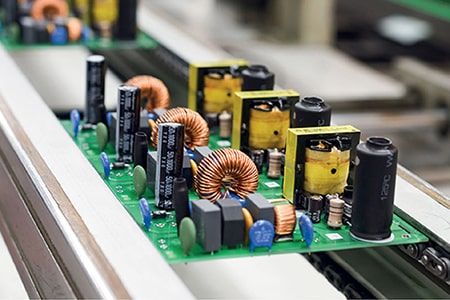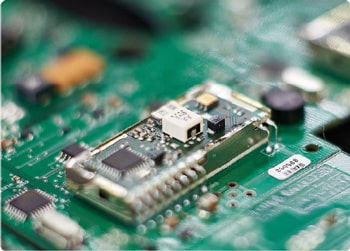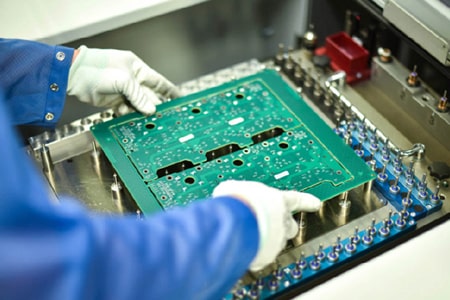The reasons for the predominance of even-numbered layers in PCBs are as follows:
Manufacturing process: In the manufacturing process, the alignment and positioning of even-numbered layers are usually easier than odd-numbered layers, as they are easier to match physically and electrically.
Electrical and thermal properties: Even layers can be connected through common ground and power lines, which helps achieve better electrical and thermal properties. Design requirements: For some specific design requirements, such as electromagnetic shielding and special grounding requirements, more layers may be required. However, in general, an even number of layers is sufficient to meet most design requirements.Wiring efficiency: Too many layers may lead to complex wiring and easily produce overcrowded areas, which can affect wiring efficiency. Adding even-numbered layers can provide more wiring space and layout options, helping to optimize circuit design and improve wiring flexibility.
Cost: In the PCB process, four-layer boards are easier to control than three-layer boards, mainly in terms of symmetry. The warpage of four-layer boards can be controlled below 0.7% (IPC600 standard), but when the size of three-layer boards is large, the warpage will exceed this standard, which will affect the reliability of SMT patch and the entire product. Therefore, designers generally do not design odd-layer boards, even if they need odd-layer boards to achieve functions, they will design them as false even-layer boards, that is, design five-layer boards as six-layer boards, and seven-layer boards as eight-layer boards. Based on the above reasons, most multilayer PCB boards are designed as even-layer boards.
Therefore, in summary, PCBs are dominated by even layers.






